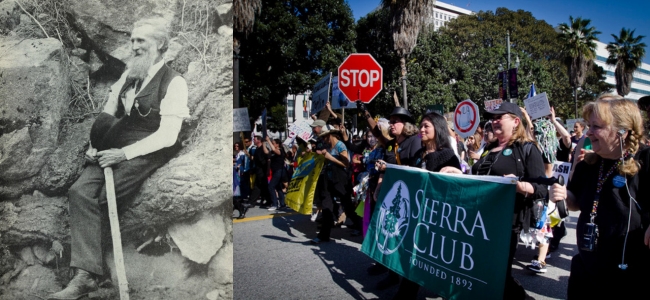13.4.1 Conservationists/Preservationists
William Patterson
A philosophical split has emerged between two camps of environmental activists, the preservationists and the conservationists. Preservationists are purists. They argue that wilderness should be preserved just as it is, in its wildest state. It is to be protected for its own sake and not disturbed by human intervention. John Muir (1838–1914) is an example of a preservationist. He worked tirelessly for the creation of national parks in the United States that would preserve the most beautiful natural sites, such as Yosemite, in their pristine condition. He was the first president of what is still the United States’ largest environmental organization, the Sierra Club, which was founded in 1892. Preservationists advocate for the protection of the intrinsic aesthetic and spiritual value of nature rather than any utilitarian values it may have for human economic activity.

Conservationists, on the other hand, seek to conserve natural sites for future human use. A conservationist may support a national park but also advocate for the building of roads and other infrastructure in those parks so that human beings can enjoy them for recreational and other purposes. They may also support economic activity using natural resources, such as logging and mining, but only in a manner that is sustainable and does not destroy that resource for future generations. While preservationists want to protect nature from all human interference, conservationists seek only to limit human activity to conserve natural resources for the future.
Media Attributions
- John Muir in the Yosemite and the Sierra Club © F. B. Clatworthy and Charlie Kaijo is licensed under a CC BY-NC (Attribution NonCommercial) license

